In Martin Odersky’s book “Programming in Scala” there is an example of computing the Fibonacci sequence starting with 2 numbers passed as arguments to the function fibFrom.
def fibFrom(a: Int, b: Int): Stream[Int] =
a #:: fibFrom(b, a + b)
If you apply the method take() to this recursive function like:
fibFrom(1, 1).take(15).print
The output will be:
1, 1, 2, 3, 5, 8, 13, 21, 34, 55, 89, 144, 233, 377, 610, empty
Maybe this output is obvious for more experienced people, but I don’t understand how exactly this method take() makes the stream to be calculated further. Is 15 somehow nonobviously passed into fibFrom()?



